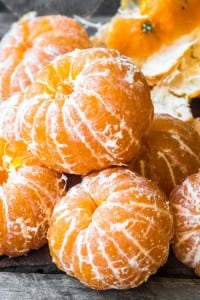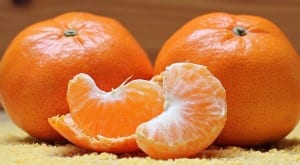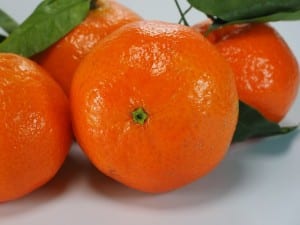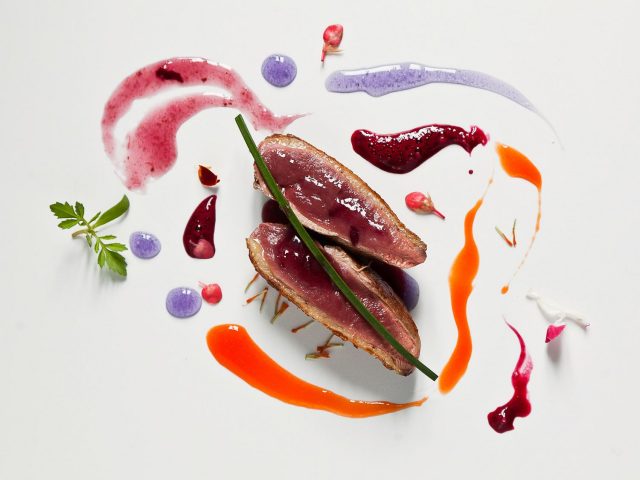- Have any questions?
- +34 951 273 575
- info@diningsecretsofandalucia.com

Spain’s growers lash out at ‘totally false’ British coverage of vegetable crisis
15 February, 2017
La Sala announces expansion plans under new CEO
18 February, 2017
Not quite. It is thought that all contemporary citrus fruits are descended from three original varieties: the mandarin, the citron (related to lemons) and the pomelo (similar to a grapefruit).
Modern-day oranges are a hybrid of mandarins and pomelos. Most people see mandarins as a type of small orange, but in fact they are a completely different variety. Other fruits such as tangerines, clementines and satsumas are part of the mandarin family.

Clementine
The clementine is a seedless variety of mandarin, believes to have been developed in Algeria around the beginning of the 19th century by a French missionary called Marie-Clement Rodier. It’s becoming very popular with farmers, as unlike other species it will not develop seeds even if planted near fruits with seeds in. It’s also easier to peel than a tangerine – leading to the moniker ‘easy-peelers’.
Satsuma

Tangelo
A tangelo is a part-mandarin, a cross between a tangerine and a grapefruit. It’s especially juicy, and doesn’t have the acidity grapefruits are known for. Its most famous variety is the minneola, recognisable for its distinctive ‘little nose’ or bump at the top of the fruit.

Tangerines are distinctive for their dark, reddish skin. The name comes from the Moroccan port of Tangiers, through which these fruits were introduced to Britain from China in the 1800s. The fruit is not as sweet as other varieties, and it has seeds and a slightly tougher skin.
Cherry orange
Also known as a baby mandarin and a tiny tangerine, this fruit has become popular in British supermarkets for its marketing value, as it is novelly small – about the size of a 50c coin. It is almost seedless, and very tender and sweet. Despite its most common name, it is a type of mandarin. For a long time it was not known outside of Asia, as it was a rare fruit cultivated only for Chinese royalty.

A hybrid of a mandarin and a pomelo, ponkons are sweet, vibrant and tangy. They are easily recognised by the raised bumped at the top, and the large gap in the centre of the fruit. They are very popular at the time of Chinese New Year.




